
Nurse Supers & Super Nurses!



A group of researchers have identified a key protein complex in muscle cells that regulates the body’s response to nutrients and helps maintain healthy blood sugar levels. The researchers focused on the role of this complex, known as LRRC8, in muscle lysosomes. Lysosomes are tiny compartments inside cells that act like recycling centers. The researchers found that lysosomal LRRC8 plays a critical role in governing cellular growth and metabolism. When LRRC8 was disrupted in lab-grown muscle cells, lysosomal function was impaired, weakening how muscle cells responded to nutrients and to insulin. Furthermore, mice lacking lysosomal LRRC8 developed increased body fat, insulin resistance, and poor glucose tolerance — conditions closely linked to type 2 diabetes. This research uncovers a previously unknown connection between LRRC8 lysosomal function in muscle cells and whole-body metabolic health, opening new avenues for understanding and potentially treating metabolic diseases such as type 2 diabetes. Dr. Norris from our division was part of the research team and is a co-author on the manuscript. The peer-reviewed findings are published in Science Advances under the title: “Lysosomal LRRC8 complex impacts lysosomal pH, morphology, and systemic glucose metabolism.” The abstract is available on PubMed: https://pubmed.ncbi.nlm.nih.gov/41004571/.


Pancreatogenic diabetes is an underrecognized form of diabetes that develops as a consequence of diseases affecting the exocrine pancreas. Though often overshadowed by type 1 and type 2 diabetes, pancreatogenic diabetes is estimated to account for 1–9% of all diabetes cases, making it a significant contributor to global health burden. This condition can arise from a range of pancreatic disorders, including pancreatitis, pancreatic cancer, cystic fibrosis, surgical removal of the pancreas, and fibrocalculous pancreatic disease. Each of these conditions presents unique diagnostic and therapeutic challenges, underscoring the need for heightened clinical awareness. Two faculty members from our Division, Dr. Larson Ode and Dr. Norris, have authored a comprehensive clinical review on this topic, recently accepted for publication in the Journal of Clinical Endocrinology and Metabolism (JCEM), one of the leading journals in the field.
Their article, titled “Approach to the Patient with Pancreatogenic Diabetes”, synthesizes current evidence and offers practical guidance for clinicians managing these complex cases. The work was co-authored by adult endocrinologist Dr. Yumi Imai. The review emphasizes the importance of timely diagnosis and tailored treatment. For instance, diabetes can be an early warning sign of pancreatic cancer—a disease with poor prognosis and no reliable biomarkers—making clinical suspicion critical. In cystic fibrosis, even mild diabetes can worsen lung function and increase mortality risk, highlighting the need for proactive screening. The authors also discuss the frequent coexistence of exocrine pancreatic insufficiency in these patients, noting that in these cases pancreatic enzyme replacement therapy may improve glycemic control.
We are glad that these authors have been able to bring their recognized expertise in pancreatogenic diabetes to this work, providing clinicians with actionable insights into evolving screening and treatment strategies. The article’s abstract can be found on PubMed (https://pubmed.ncbi.nlm.nih.gov/41252284/), where there are links to the open access full manuscript.

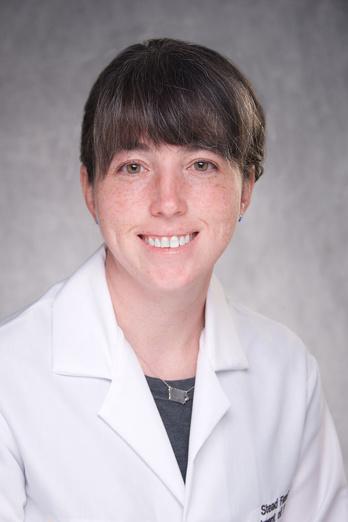
Why does diabetes happen in some children who have experienced pancreatitis? A new study from Dr. Larson Ode and Dr. Pinnaro, along with a former research fellow Dr. Parra Villasmil, delves into this very question, uncovering unexpected patterns. Their work has been just published in the Journal of Pediatric Gastroenterology and Nutrition. The manuscript, titled “Early mechanisms of diabetes development in pediatric pancreatitis – a pilot study”, explores the complex interplay between pancreatitis and diabetes risk in children. Diabetes is a serious complication for children with pancreatitis, affecting nearly 9% during childhood and up to half over a lifetime. Despite this high risk, little is known about the underlying mechanisms or biomarkers that predict which children are most vulnerable. This study takes an important step toward filling that gap. Their findings revealed that 35% of participants exhibited dysglycemia, often linked to insulin resistance. Could insulin resistance be the key mechanism that drives diabetes risk? Another surprise finding was that dysglycemia was associated with higher pancreatic polypeptide levels. These results will help inform future studies that could pave the way for earlier detection and/or targeted interventions to prevent diabetes in this high-risk population. The manuscript is indexed on PubMed at this URL.
Multiple nurses, docs, an emerita, a pharmacist and spouses from our division on the dance floor shortly after the marriage of Haylee and Sam. Cheers to the newlyweds!

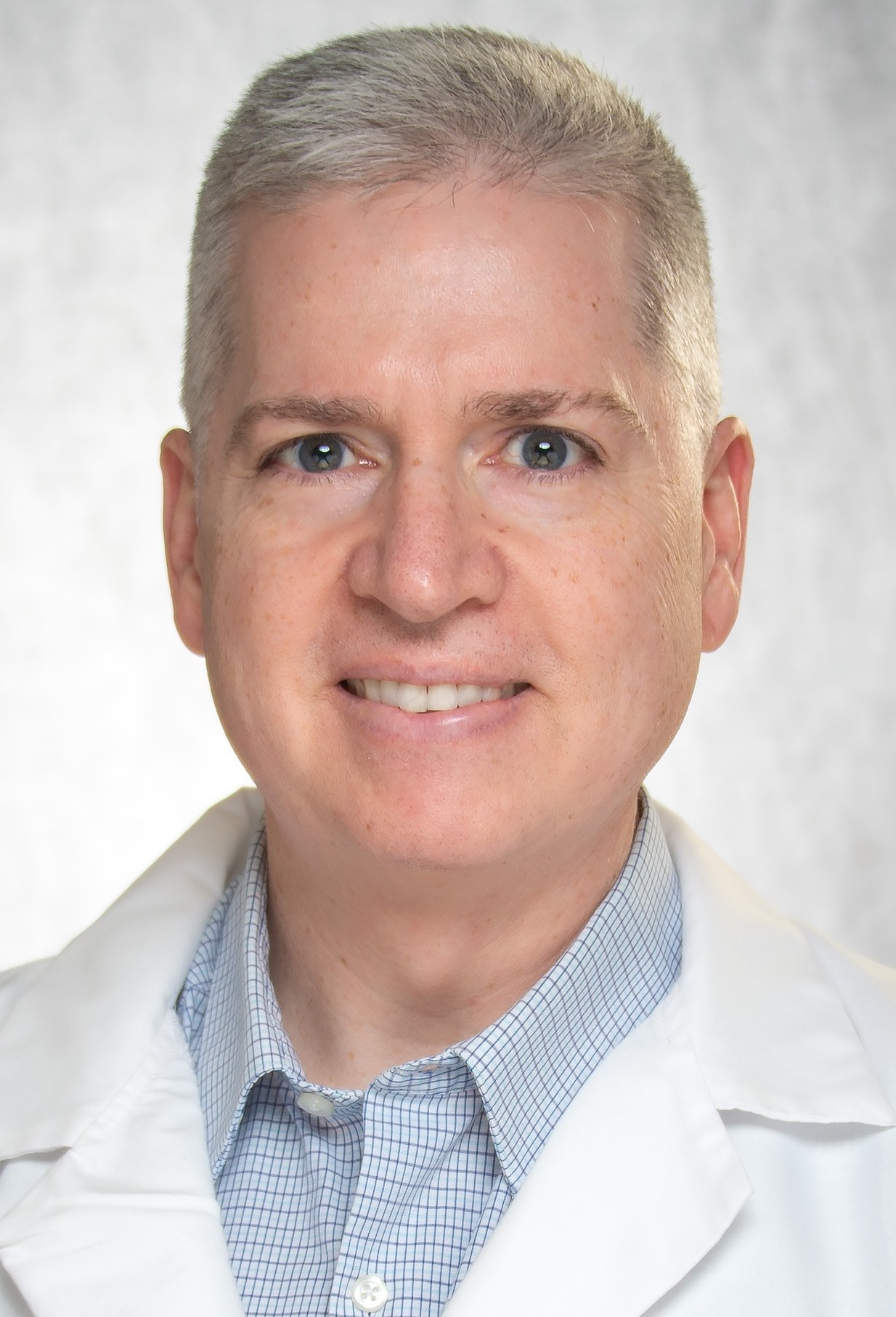
We are proud to announce our division’s contribution to a major clinical study recently published in Diabetes Care: “INHALE-1, A Multicenter Randomized Trial of Inhaled Technosphere Insulin in Children With Type 1 Diabetes.” One of our Division physicians, Dr. Tansey, served as a co-author on this important research. The INHALE-1 trial examined the safety and effectiveness of an inhaled form of insulin compared to standard rapid-acting insulin injections in 230 children and adolescents aged 4 to 17 living with diabetes. Over a 26-week period, participants continued their long-acting basal insulin and used continuous glucose monitoring while receiving either inhaled or injected rapid acting insulin. Compared to the injected insulin group, the inhaled insulin group experienced a similar hemoglobin A1c, similar continuous glucose monitor readings, and lung function. Children using TI reported greater treatment satisfaction and experienced less weight gain compared to those on injected insulin. These findings suggest that inhaled insulin could become a valuable option for some pediatric patients. It is important to note that the study did not compare inhaled insulin to insulin pump-based therapy. The manuscript abstract is available on Pubmed. We especially wish to thank the research coordinators, research participants and their families who made this study possible.
We celebrated the retirement of Rich, endocrinology nurse. We have blessed for over a decade by Rich’s excellence and deep clinical experience, not to mention his collection of weekly humorous memes. Today, we had a luncheon in his honor, complete with anime masks. We wish him a rich journey in retirement.

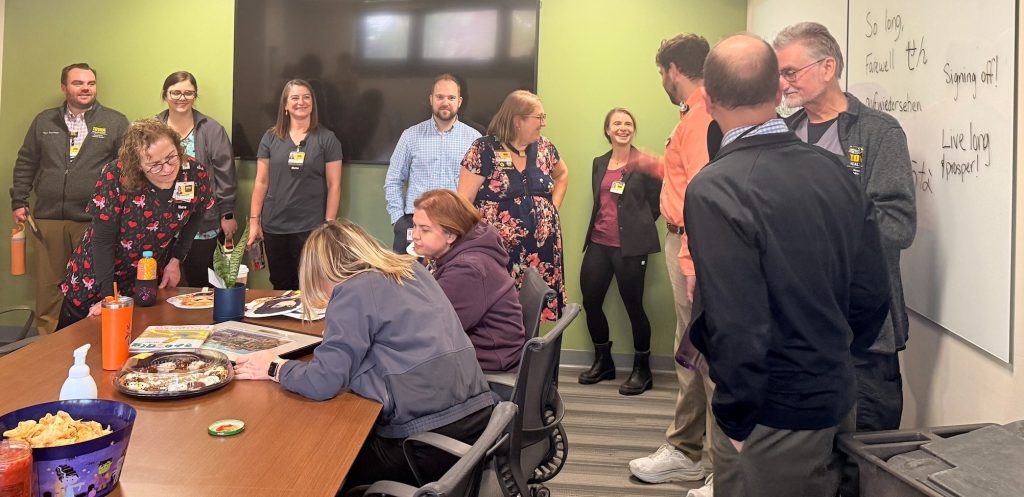
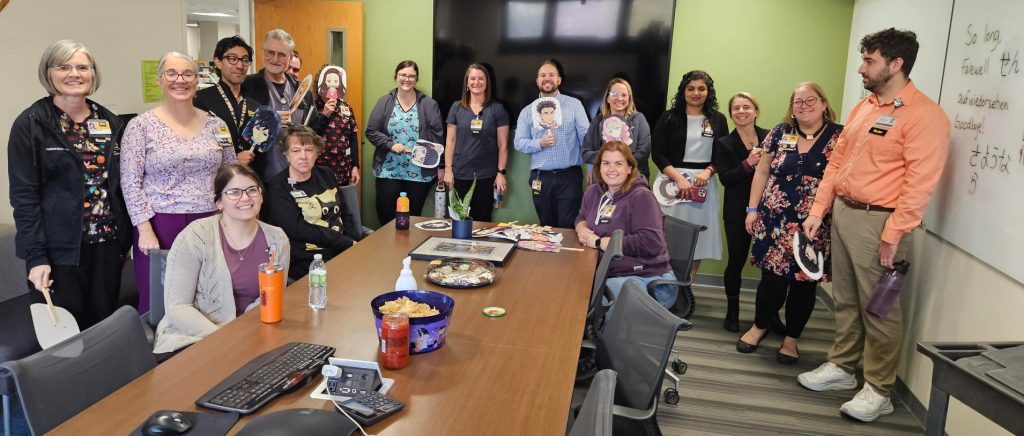

Multiple division members attended the 2025 fund raising Gala for Breakthrough T1D in Cedar Rapids on November 1st. Breakthrough T1D is the leading non-profit fund raising organization aiming to drive research that finds cures for type 1 diabetes.

At the Gala: Pediatric Diabetes Nurses ready to help with the challenges of T1D!!!
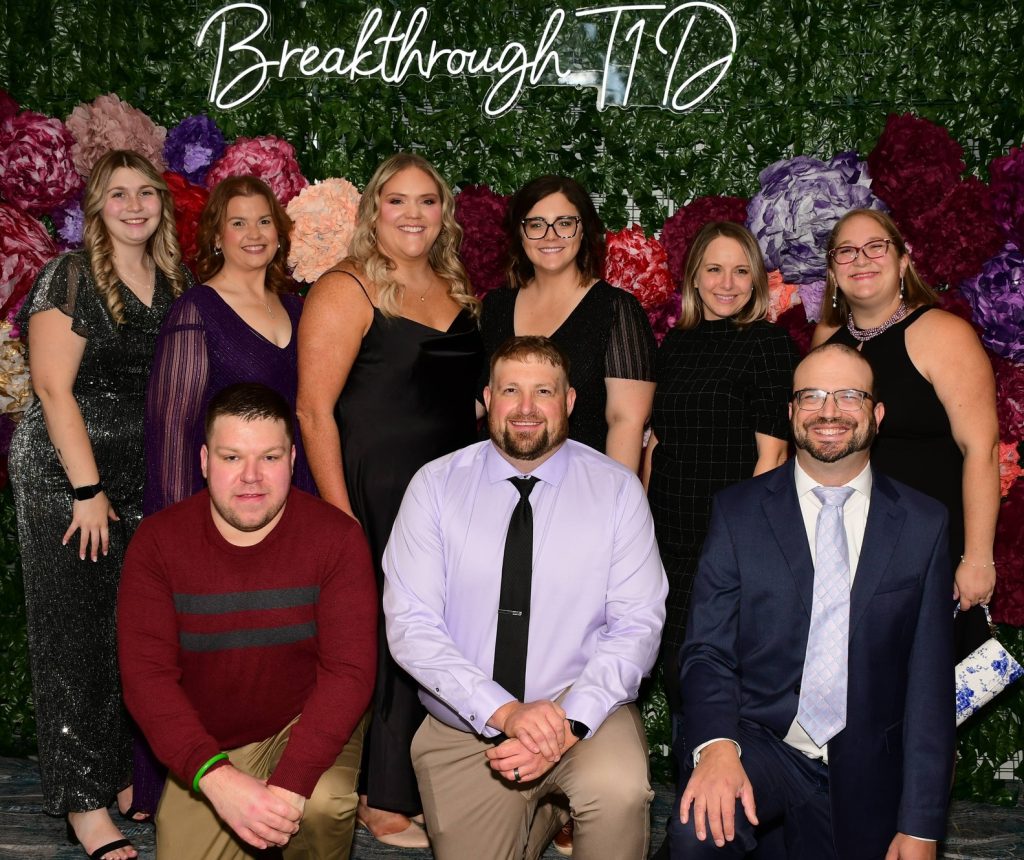
Breakthrough T1D Promise Gala: some of the division attendees and friends!!!

We are excited to share that our Division has been rated among the Best Children’s Hospitals for Diabetes & Endocrinology Care by the US News 2025-2026 annual national report, where we were ranked #33 nationwide. Other top ranked specialties at the University of Iowa Stead Family Children’s Hospital included neonatology (#19), nephrology, urology, pediatric cancer, and behavioral health.
“Our ongoing strong national ranking is a testament to the steadfast dedication and expertise of our pediatric endocrine physicians, nurse practitioners, specialty nurses, diabetes educators, psychologists, researchers, medical assistants, dieticians, pharmacists, social workers, and all teams members. We remain devoted to provide the best endocrine and diabetes care for the children and adolescents in the region and beyond.”
Andrew Norris, M.D. Ph.D.
Director, Division of Endocrinology and Diabetes
UI Stead Family Children’s Hospital